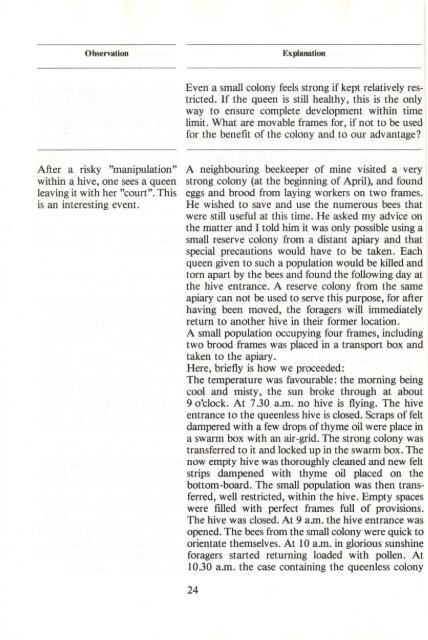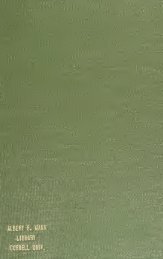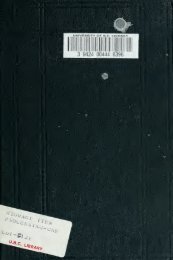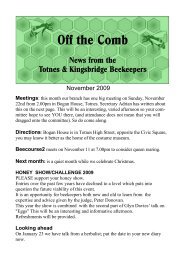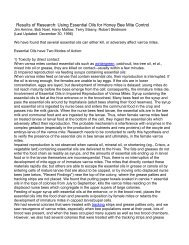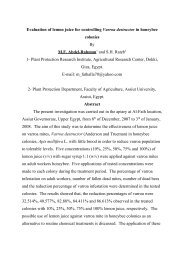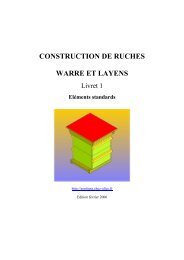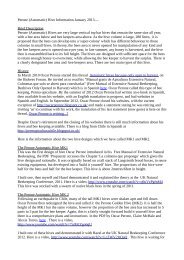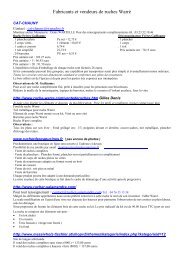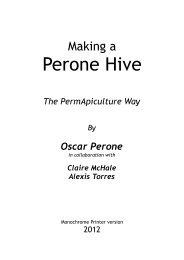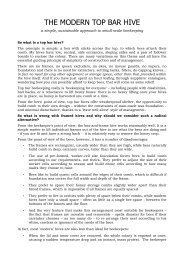You also want an ePaper? Increase the reach of your titles
YUMPU automatically turns print PDFs into web optimized ePapers that Google loves.
Observation<br />
Explanation<br />
Even a small colony feels strong if kept relatively restricted.<br />
If <strong>the</strong> queen is still healthy, this is <strong>the</strong> only<br />
way to ensure complete development within time<br />
limit. What are movable frames for, if not to be used<br />
for <strong>the</strong> benefit of <strong>the</strong> colony and to our advantage?<br />
After a risky "manipulation"<br />
within a hive, one sees a queen<br />
leaving it with her "court". This<br />
is an interesting event.<br />
A neighbouring beekeeper of mine visited a very<br />
strong colony (at <strong>the</strong> beginning of April), and found<br />
eggs and brood from laying workers on two frames.<br />
He wished to save and use <strong>the</strong> numerous bees that<br />
were still useful at this time. He asked my advice on<br />
<strong>the</strong> matter and I told him it was only possible using a<br />
small reserve colony from a distant apiary and that<br />
special precautions would have to be taken. Each<br />
queen given to such a population would be killed and<br />
torn apart by <strong>the</strong> bees and found <strong>the</strong> following day at<br />
<strong>the</strong> hive entrance. A reserve colony from <strong>the</strong> same<br />
apiary can not be used to serve this purpose, for after<br />
having been moved, <strong>the</strong> foragers will immediately<br />
return to ano<strong>the</strong>r hive in <strong>the</strong>ir former location.<br />
A small population occupying four frames, irIcluding<br />
two brood frames was placed in a transport box and<br />
taken to <strong>the</strong> apiary.<br />
Here, briefly is how we proceeded:<br />
The temperature was favourable: <strong>the</strong> mornirlg being<br />
cool and misty, <strong>the</strong> sun broke through at about<br />
9 o'clock. <strong>At</strong> 7.30 a.m. no hive is flying. The hive<br />
entrance to <strong>the</strong> queenless hive is closed. Scraps of felt<br />
dampered with a few drops of thyme oil were place in<br />
a swarm box with an air-grid. The strong colony was<br />
transferred to it and locked up in <strong>the</strong> swarm box. The<br />
now empty hive was thoroughly cleaned and new felt<br />
strips dampened with thyme oil placed on <strong>the</strong><br />
bottom-board. The small population was <strong>the</strong>n transferred,<br />
well restricted, within <strong>the</strong> hive. Empty spaces<br />
were filled with perfect frames full of provisions.<br />
The hive was closed. <strong>At</strong> 9 a.m. <strong>the</strong> hive entrance was<br />
opened. The bees from <strong>the</strong> small colony were quick to<br />
orientate <strong>the</strong>mselves. <strong>At</strong> 10 a.m. in glorious sunshine<br />
foragers started returning loaded with pollen. <strong>At</strong><br />
10.30 a.m. <strong>the</strong> case containing <strong>the</strong> queenless colony<br />
24


